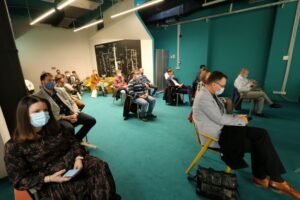Previous initiatives aimed at designing and implementing POG have proven that there is no single approach to making the city smarter and more sustainable. Each city represents a unique system, where different actors – city government, utility companies and citizens, undertake numerous activities, creating a complex of interactions and interdependencies. Understanding the specific environmental and social contexts of a city, its priority activities, as well as its history and specific characteristics, it becomes important to establish a methodology that will help find the optimal path to its ultimate goal – a sustainable and smart city.
Local government and self-government units at all levels should prepare strategic plans as a framework for the implementation of POG initiatives; optimize urban services and adapt them to citizens’ expected needs; move away from standardized and unique service models to models that include the provision of personalized service; develop transparent tariff systems, which reflect the real cost of providing services to citizens; support the process of opening data with useful information about KPIs and finally – developing integrated technology platforms that enable the management of smart and sustainable cities. The picture below gives an overview of key components and stages in the process of building an integrated management plan for POG.



